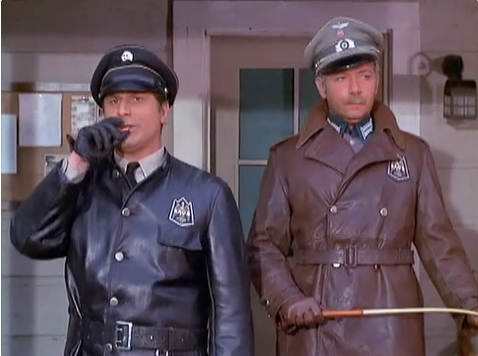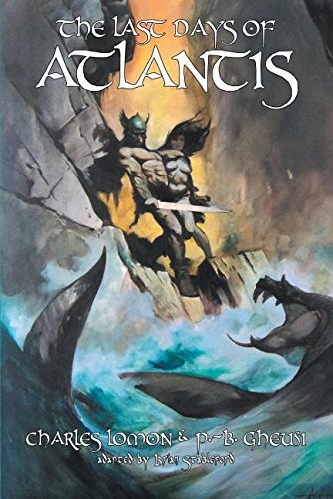Revised Jan. 27, 2016
The year ends and begins again. The calendar is a circle and the seasons are cyclic. Circle and cycle are drawn from the same Greek root. Both represent never-ending renewal, as all things in nature move in cycles and are renewed. The history of the universe itself may very well be cyclic, stretching beyond our vision and comprehension into the unseeable past and future. In the end it will begin again.
The year ends and begins again. The calendar is a circle and the seasons are cyclic. Circle and cycle are drawn from the same Greek root. Both represent never-ending renewal, as all things in nature move in cycles and are renewed. The history of the universe itself may very well be cyclic, stretching beyond our vision and comprehension into the unseeable past and future. In the end it will begin again.
Spirals seem related to circles. Spiral is from a Greek root, too. It means a twist, a coil, or something wound. The spring underlying the circular clock face is a spiral. The golden spiral in nature seems eternally wound in and by the structure of the universe. Circles are never ending, however: they close upon themselves and go on forever. Spirals are open. Do they require rewinding? If so, by whom? In their openness, spirals imply ending, winding down, descent. We talk of the downward spiral of an airplane or a bird shot out of the air. Of a falling, whirling maple seed at the end of a season of life and growth. Of dark whirlpools and maelstroms and of the spiraling accretion disk around a black hole. Of a widening gyre, suggesting chaos, dissolution, or decay, as in the poem by Yeats:
Turning and turning in the widening gyre
The falcon cannot hear the falconer;
Things fall apart; the centre cannot hold;
Mere anarchy is loosed upon the world,
The blood-dimmed tide is loosed, and everywhere
The ceremony of innocence is drowned;
The best lack all conviction, while the worst
Are full of passionate intensity.
Surely some revelation is at hand;
Surely the Second Coming is at hand.
The Second Coming! Hardly are those words out
When a vast image out of Spiritus Mundi
Troubles my sight: a waste of desert sand;
A shape with lion body and the head of a man,
A gaze blank and pitiless as the sun,
Is moving its slow thighs, while all about it
Wind shadows of the indignant desert birds.
The darkness drops again but now I know
That twenty centuries of stony sleep
Were vexed to nightmare by a rocking cradle,
And what rough beast, its hour come round at last,
Slouches towards Bethlehem to be born?
"The Second Coming" was written in 1919, that crucial year in the world's history and in the origin of Weird Tales. The poem is heavy with vision and prophecy. It speaks of our time as easily as it does of its own. The artist, being a seer or visionary, like Yeats, sees patterns: cycles, circles, spirals. Those patterns show up in the artist's work, symbolizing or illustrating ascent, descent, decay, the passage of time, or passage into another turn of the cycle. I count five covers [now, in November, seven covers] of Weird Tales with circular or spiral motifs. Three came out as one year turned into the next, either in December or January. A fourth came as summer gave way to fall. [The two I have added came in the middle of the year.]
 |
| Weird Tales, December 1933, with cover art by Margaret Brundage. The meaning of the circle here is unclear, but its face is divided into twelve equal pieces as is a clock, calendar, or zodiac. |
 |
| Addition, Nov. 7, 2016: Weird Tales, May 1945. Cover story: "The Shining Land" by Edmond Hamilton. Cover art by Peter Kuhlhoff. Again a spiral or chain of human forms. |
 |
| Weird Tales, January 1950, with cover art by Matt Fox and a cover story, "The Ormolu Clock," by August Derleth. |
 |
| Finally, Weird Tales, January 1953, with cover art by Frank Kelly Freas and a cover story, "Once There Was Little Girl," by Everil Worrell. |
Happy New Year from Tellers of Weird Tales!
Text and captions copyright 2015, 2023 by Terence E. Hanley













